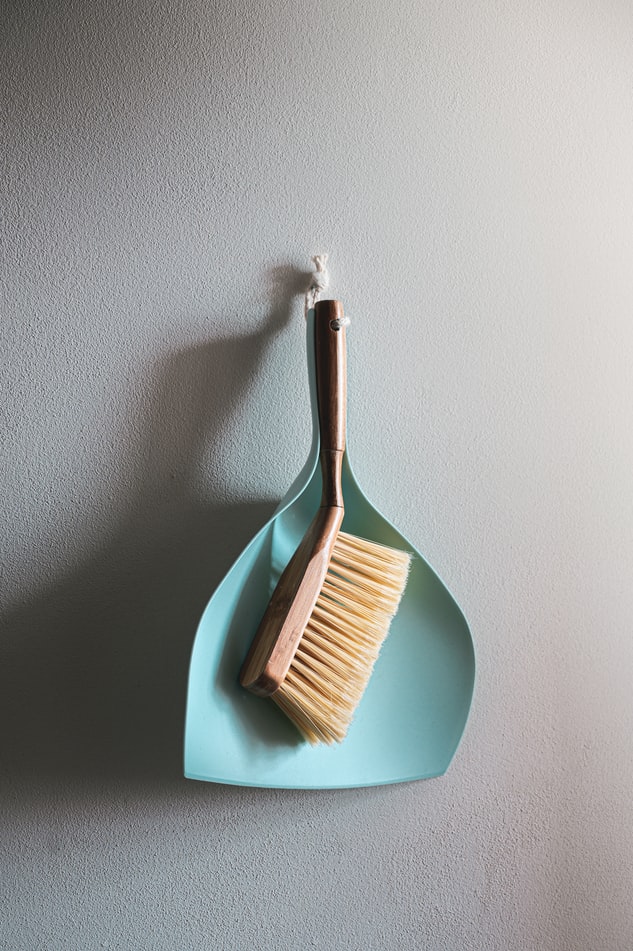While allergies are often associated with springtime, for many, they are a year-round nuisance. Unfortunately, the pandemic has resulted in most of us spending more time in our homes than ever before, and in the winter months with the windows closed up and the air conditioning off, more than 20 million Americans with a dust mite allergy are now especially susceptible.
What Are Dust Mites?

Dust mites are close genetic relatives of ticks and spiders, though they’re nearly impossible to see without a microscope. They feed on the organic matter within dust, such as skin cells, cockroach waste, mold spores, pollen and animal dander, and they absorb water from the humidity in the atmosphere. Dust mites thrive in warm, humid environments and tend to reside in household items like bedding, upholstered furniture, drapes and carpet.
What Causes a Dust Mite Allergy?
An allergic reaction is the result of your immune system mistaking a harmless substance (allergen) for something dangerous. In order to fight off the intruder, antibodies called Immunoglobulin E (IgE) are produced, triggering your cells to release histamine. Histamine increases mucus production and causes swelling and itching.
It’s not actually the dust mites themselves that trigger symptoms, but the proteins within their feces and decaying bodies.
What Are the Symptoms of a Dust Mite Allergy?
The symptoms of a dust mite allergy are similar to that of hay fever and include:
- Sneezing
- Runny or stuffy nose
- Itchy, watery eyes
- Itchy ear, nose and throat
- Postnasal drip
- Cough
- Facial pain and pressure
Exposure to dust mites can also trigger asthma symptoms in some such as:
- Trouble breathing
- Tightness in chest
- Wheezing or whistling when breathing
- Trouble sleeping due to cough
Prevent Symptoms by Reducing Exposure
It may not be possible to eliminate dust mites from your home, but there are strategies for reducing your exposure. We recommend:
- Using allergen-proof bed covers
- Washing bedding weekly in hot water
- Removing and washing clothes and shoes immediately after returning from Sandy Springs Park or a trail near you
- Keeping humidity under 50%
- Vacuuming, dusting and cleaning regularly
- Eliminating clutter
For more information on dust mite allergies or to schedule an appointment with an allergist, call the experts at Foothills ENT & Allergy & Hearing Center.
